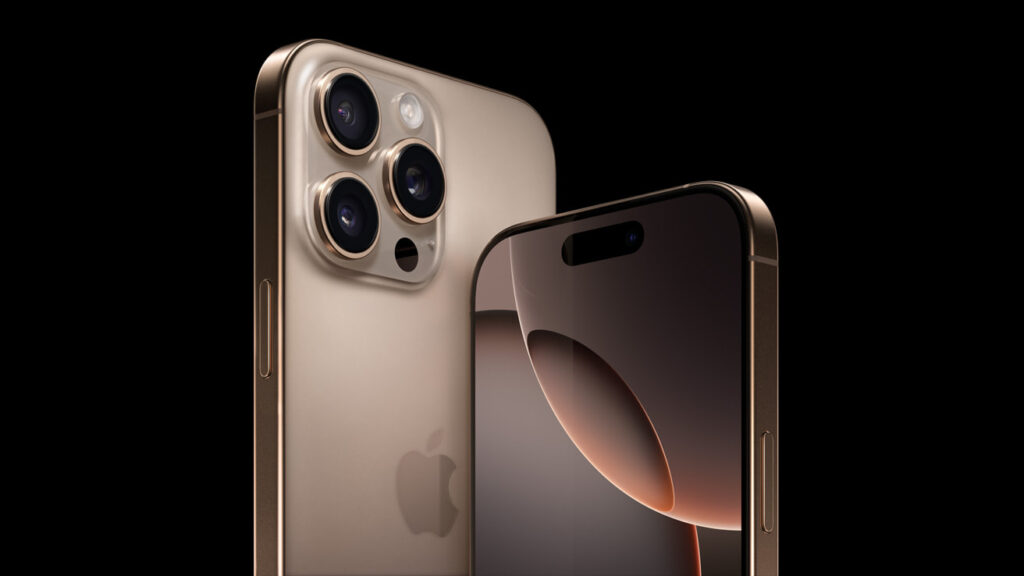|
Getting your Trinity Audio player ready...
|
Apple’s latest flagship device, the iPhone 16, has entered the market with a subdued response, leaving the tech giant facing mounting concerns. Despite high hopes and a heavy focus on artificial intelligence (AI) features, early sales figures suggest that the iPhone 16 isn’t flying off the shelves as Apple had anticipated.
With new competitors rising and a maturing smartphone market, analysts are questioning whether Apple can reclaim its dominance in the mobile device sector.
Muted iPhone 16 Pre-Sales: A Stark Decline
According to a report by respected Apple analyst Ming-Chi Kuo from TF International Securities, iPhone 16 pre-sales reached just 37 million units during the first weekend, marking a 12% decrease compared to the iPhone 15 pre-sales in 2023. Other analysts, like Wedbush’s Dan Ives, have pegged the number closer to 40 million units, but they all agree on one thing: the demand for Apple’s newest product is not as robust as in years past.
Even more troubling for Apple is the distribution of sales between its various models. The iPhone 16 Pro and Pro Max, typically the company’s most lucrative models due to their higher price points, saw significant year-over-year drops. Sales of the iPhone 16 Pro were down 27%, while the Pro Max fell by 16%, according to Kuo.
This stands in stark contrast to the base models, which experienced a slight uptick in sales. The iPhone 16 and iPhone 16 Plus models are performing relatively well, but with their lower price tags, this shift in consumer preference could impact Apple’s overall revenue.
Why the iPhone 16 Isn’t Resonating with Consumers
Artificial intelligence (AI) was Apple’s biggest selling point for the iPhone 16, with the company betting on its new “Apple Intelligence“ software to entice buyers. However, these highly touted AI features aren’t yet fully available, as they are set to roll out with iOS 18.1 in the coming months. This delay may have contributed to the lukewarm early reception, as consumers haven’t had a chance to experience the full benefits of the new technology.
CFRA Research technology analyst Angelo Zino suggests that Apple may have made the standard models too appealing, cannibalizing sales of the more expensive Pro versions. “Given that this is largely a software upgrade cycle, my concern is that there were a greater mix of sales in the lower price iPhone 16 than the higher price devices,” Zino said. “When you look at the standard devices, they got a really great upgrade in terms of their cameras and internal processors.” The upgrades to the base models have seemingly minimized the incentive for many consumers to spend extra on the premium models.
The iPhone 16’s struggles aren’t just confined to a lack of excitement about the Pro models. In addition, Apple’s re-entry into the Chinese market has been challenged by the rise of domestic competitors like Huawei, which recently launched its own Mate 60 Pro to considerable fanfare. Increasing competition from Chinese smartphone makers, who have made significant strides in hardware and innovation, is putting pressure on Apple to maintain its market share.
A Supply Chain Improvement or Waning Demand?
While the shorter lead times for iPhone 16 pre-orders—around 1-2 weeks for the Pro models compared to 3-4 weeks for the iPhone 15—might signal reduced demand, some analysts see it differently. Lex Chiew, an analyst at Canalys, argues that shorter delivery times may actually point to improvements in Apple’s supply chain, not lower consumer interest. Apple may have better prepared for this year’s launch by ensuring more devices were ready to ship at the time of pre-order, helping meet demand faster.
In fact, some signs point to potential long-term success for the iPhone 16. T-Mobile CEO Mike Sievert told CNBC that pre-sales for the iPhone 16 surpassed those for the iPhone 15 at the same stage. Moreover, many analysts still believe that once the new AI features roll out and consumers experience their potential, sales will pick up over time.
The Role of AI in the iPhone 16’s Success
One of the key innovations in the iPhone 16 is its integration of AI technology, which Apple hopes will set it apart from competitors. The upcoming Apple Intelligence feature promises to enhance user experience by providing personalized recommendations, smarter Siri interactions, and more intuitive camera functionality. But many consumers are still in the dark about how these features will truly impact their everyday use.
Experts believe that, much like the transition to 5G with the iPhone 12, the benefits of AI may not be fully appreciated until consumers can test the technology themselves. “You need to wait for word of mouth to trickle through the consumer base over the next couple of quarters before they’ll see the value of the new technology,” said Zino.
Looking Ahead: What’s Next for the iPhone 16?
Though the iPhone 16’s early sales numbers are underwhelming, it’s too soon to declare it a flop. Apple’s earnings report next month will provide more clarity, but it will only reflect a snapshot of early sales. Most analysts expect that the iPhone 16 will gain momentum during the critical holiday season, which could significantly boost the year’s total revenue. Additionally, the release of iOS 18.1 and the full rollout of AI features could sway more consumers to upgrade.
Ultimately, the iPhone 16’s long-term success will depend on how well Apple can communicate the value of its AI-driven features to consumers. As the smartphone market matures, hardware upgrades alone may not be enough to drive sales. Instead, companies like Apple will increasingly rely on software innovation to convince consumers to upgrade.
